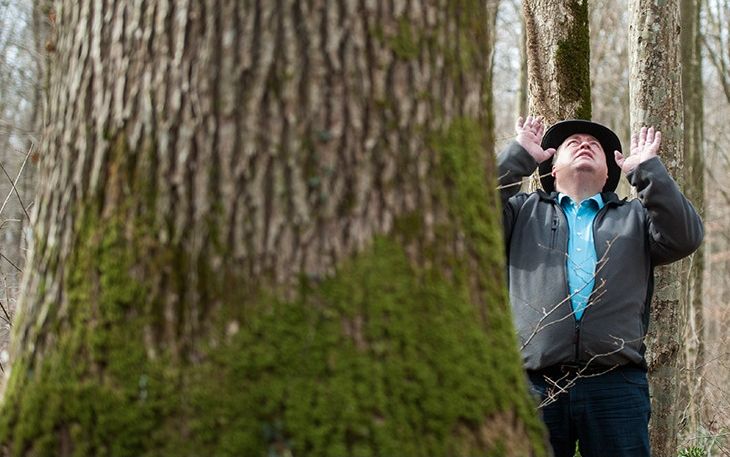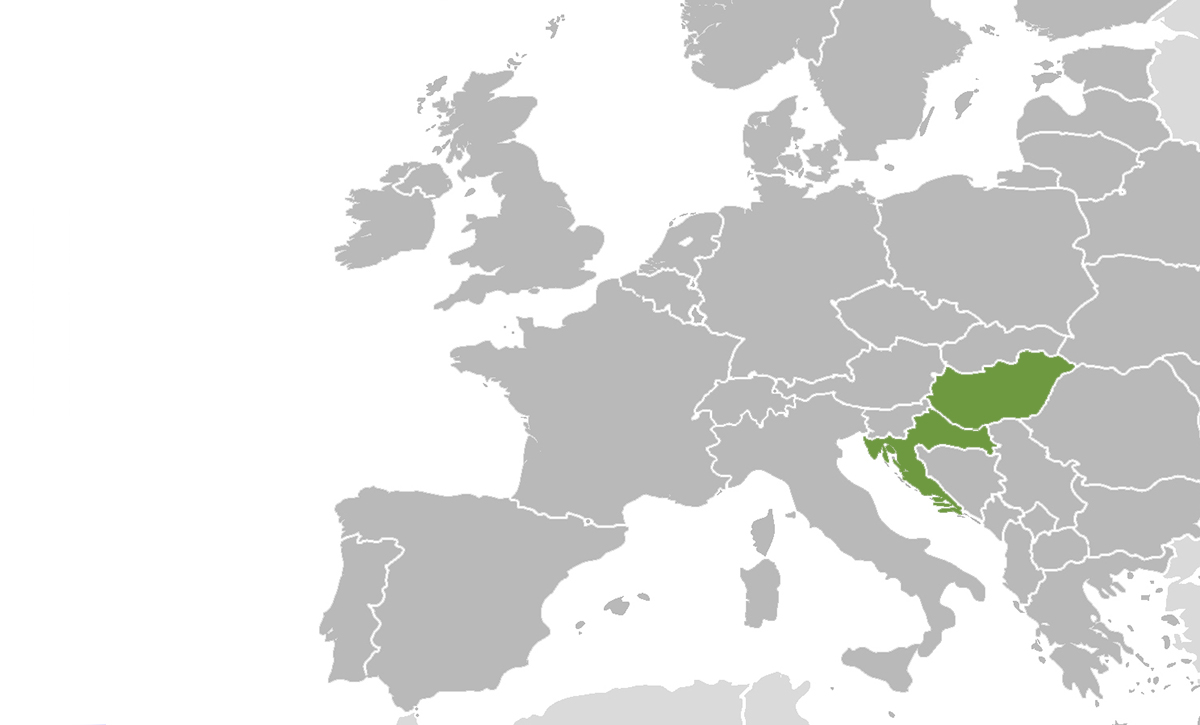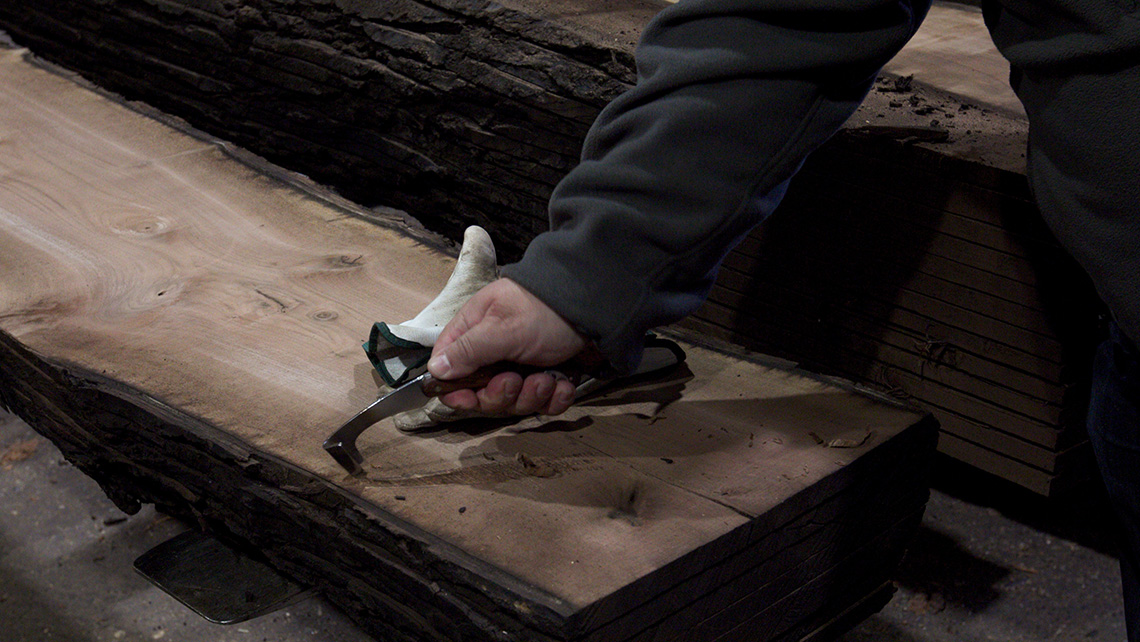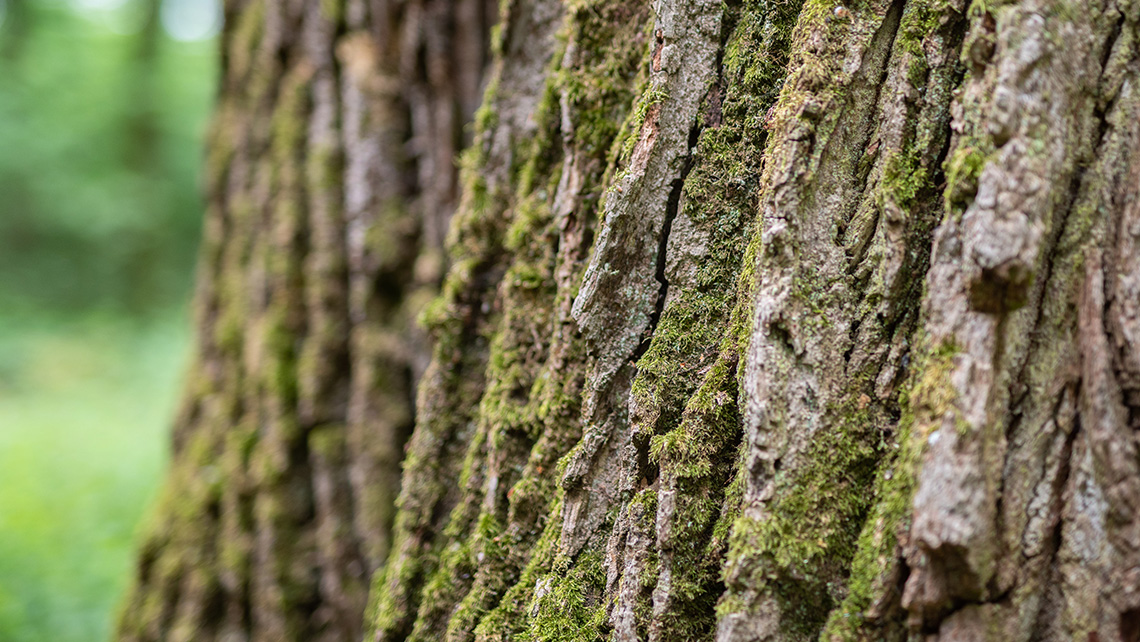When a tree is transformed into a table, it is given a second life – as a piece of solid wood furniture that showcases its character and life history. Find out more about our expertise and the different stages of the process here:

Wood has shaped our culture since time immemorial – both as a fuel and as a material used in building homes and furniture. There was no area of life in which solid wood did not play an important role. While the emergence of new materials and manufacturing processes now allows for mass production and low manufacturing costs, none of this has changed the value we place on wood. On the contrary, we now have an even greater appreciation for the naturalness and unique qualities of solid wood furniture.


For trees too, a good upbringing begins in the “nursery”. Selection and the growth process during each phase of the tree's life are overseen by professional, sustainable forest management.

Our wood purchasing department focuses on good growth as a prerequisite for our furniture wood. Thanks to our in-depth knowledge of timber and our personal relationships with forest owners and sawmills in Switzerland and across Europe, we are able to source unique trunks.

Girsberger uses wood from sustainable forestry. Thanks to our own solid wood business, we at Girsberger know all about the origin and growing conditions of the solid wood we use. For us, facts are more important than labels. Experts from Girsberger Solid Wood visit growing locations and inspect forms of cultivation. This practice enables us to assess the quality on site and purchase accordingly, without the need for certificates of origin and labels. In addition, we source our wood exclusively from European countries where reforestation is required by law in the countries of origin concerned. This is the only way to ensure that the forest can maintain its crucial ecological role as a “green lung”.

Just like any living being, each tree is strongly impacted by its living conditions. And as with any good wine, climatic conditions, the mineral quality of the soil and the water supply also affect the tree and thus its wood. In addition, wind and weather impact its growth, branch formation and overall health, or susceptibility to irregularities. Some species have a high resistance to cold, while some love heat. The course of life leaves behind its traces. There are big differences between oak trees from the Spessart mountains of Germany, the French Massif Central and Croatia’s Slavonia region.

In addition to its origin, every species of tree has its own form and structure. There are great variations when it comes to growth habit and root development, as well as leaf, needle and flower formation. Requirements in terms of nutrient supply and ideal climatic conditions are also different. Once felled, the trunk's cross-section displays the tree’s annual growth rings. These reveal the differences in growth between the years, with extensive growth resulting in wide rings, and more limited growth represented by narrow rings. Later, when we see the sawn timber in the sawmill, the picture becomes even more concrete.

The heartwood and sapwood, grain and branch formation then reveal the uniquely inner life of each tree. The visual effect can be quite calm and uniform in subdued tones, or vividly grained, wild and colourful. All of these factors contribute to a tree’s special character based on its own anatomy. It is a high art to read the inner life of a tree and thus the character and quality of its wood from its outer appearance.

When using wood to create a piece of furniture, we do so with a view to getting the best out of the tree as a former living being. We not only use the tree as a resource, but convert it into a new form, thereby giving it another life. Wood is not dead matter, it is a naturally grown raw material with warming properties. Wood also conveys trust and security – values we are once again coming to appreciate more and more. Physical contact with the wood itself is pleasant, and wooden furniture that has been made with love and care has its own quality and effect on the atmosphere of a room.

In the forest, we experience the trees as they have grown. When the trunk is cut into boards in the sawmill, the grain is revealed.
This is where our specialists come into play once again, consulting with the sawyer to determine the cut according to the growth. This is the only way to enable the full beauty of the grain to be expressed, and make the best use of the trunk.

The most important factor in wood processing is time – freshly sawn boards have a water content of 50 percent. This content must be reduced to around 10 percent before the boards can be used for furniture making. The drying process must be as gentle and slow as possible to prevent cracks from forming, because wood not only releases moisture but also loses volume as it dries.

The trunks are stored outdoors for at least two years. This period can be even longer depending on the type of wood and size of the trunk, or the thickness of the boards. The freshly sawn timber is initially covered to protect it from direct sunlight and the weather, and is only exposed completely after a certain amount of time.

Only once a residual moisture content of eight to 10 percent has been reached is the timber ready for further processing. The timber is then taken indoors, where all boards from a single trunk are stored together. Different types of wood, lengths and diameters can be found here, and are all recorded and accessible in a database.
We use wood from two species of tree when producing Girsberger Office furniture
Juglans nigra

We exclusively use the wood of the American walnut, also known as black walnut, as the walnut wood in our Office collection and for certain table models. This species of tree has also been cultivated in Western Europe since the 18th century. In Europe, black walnut was originally planted primarily along the Danube, in what is now Hungary and Croatia, to lower the water table and drain the land. The fertile soils and relatively mild climate promote abundant, even growth. Black walnuts are known for their extensive heartwood formation, regular light to dark brown, occasional violet-brown, colouration and straight, knot-free trunks up to ten metres long.

Areas of origin:
Hungary, Serbia and Croatia
Quercus robur (English oak)

We use only oaks from Slavonia as the oak wood for our Office collection and certain table models. The reason for this is that oak from these areas of origin has evenly grown annual rings and little difference in colour between the early and late wood. The trees grow along rivers, and sometimes literally stand in the water. A high water table retains the tannic acid at the oaks’ location, resulting in the honey-coloured and uniform appearance of the wood. This characteristic, as well as the rather short and often conical trunks, can be attributed to the mild climate.

Areas of origin:
Croatia, Hungary




